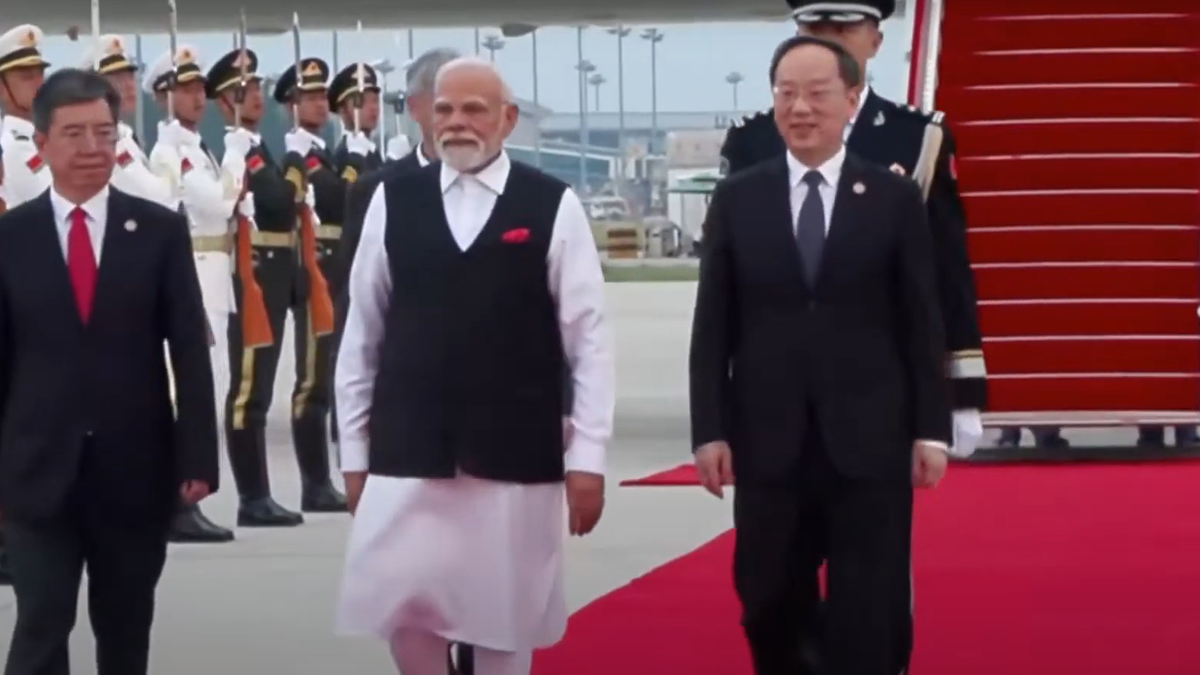The benefits accruing to society at large through space science and technology — from disaster warning systems to urban planning and agricultural applications — were highlighted by S. Seetha, former Director of ISRO’s Space Science Programme Office, during a special lecture titled ‘From Rockets to Satellite Missions — Growth of Space Science in India”, as part of the National Space Day 2025 celebrations held at the University of Mysore, here on Saturday.
The programme was organised by the Cosmology Education and Research Training Centre (COSMOS), Mysuru, of the Indian Institute of Astrophysics, in association with the University of Mysore.
National Space Day was announced to commemorate the success of Chandrayaan-3 and its landing on the moon’s southern polar region on August 23, 2023.
Ms. Seetha, who is also a visiting scientist at the Raman Research Institute, is widely recognised for her contributions to AstroSat and Mangalyaan. Emphasising the reach of satellite technology, Ms. Seetha said that remote sensing has revolutionised agriculture, water resource management, and glacier monitoring, while offering images with resolutions as sharp as 50 cm to aid urban planning.
Communication satellites, she said, have become vital for mobile telephony, broadcasting, meteorology, and disaster management. When a cyclone is imminent, satellite data enables timely alerts to State governments and coastal communities, saving countless lives through evacuations, she said.
Reflecting on India’s exploration milestones, she said the country has orbited and studied the Moon, landed on its surface, and successfully orbited Mars, establishing its place in the global space community. These ventures aid in resource exploration, experimentation, and technological advancement, she added.
Ms. Seetha traced the programme’s origins to pioneers Homi J. Bhabha and Vikram Sarabhai, and pointed out the evolution from launching balloons for experiments to sounding rockets from Thumba in the initial years.
Today, she said, heavy-launch vehicles from Sriharikota enable satellites to be placed at altitudes ranging from 100 km to 400 km, a foundation on which India’s space science has steadily expanded.
Ms. Seetha underlined the intellectual spirit that drives the programme and said science demands innovation at every step. The motivation for scientists is the quest for knowledge, understanding the universe, and scientific and technological development, she said.
--------------eom----------------



.png)
.png)
.png)
















 6 days ago
6
6 days ago
6









 English (US) ·
English (US) ·